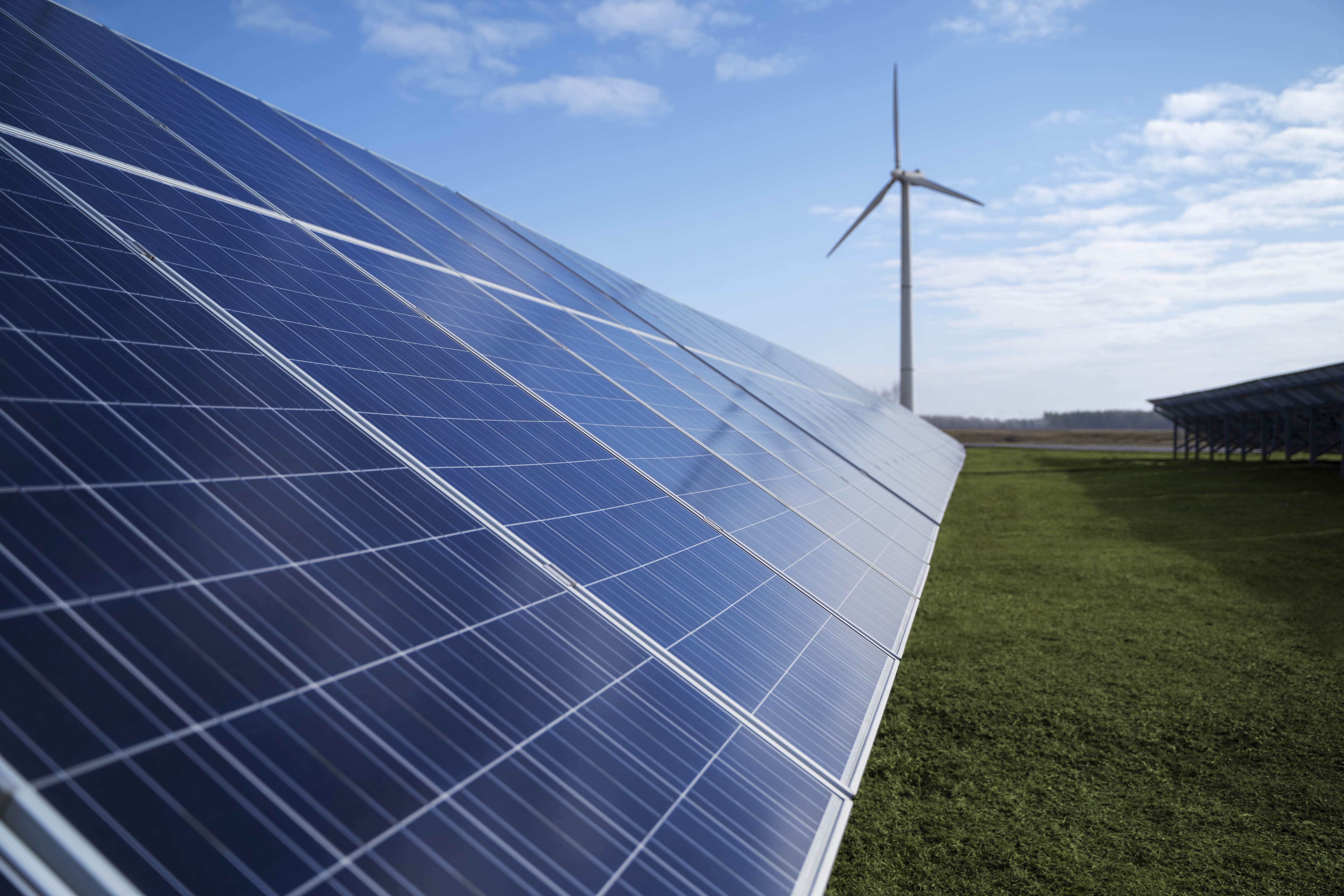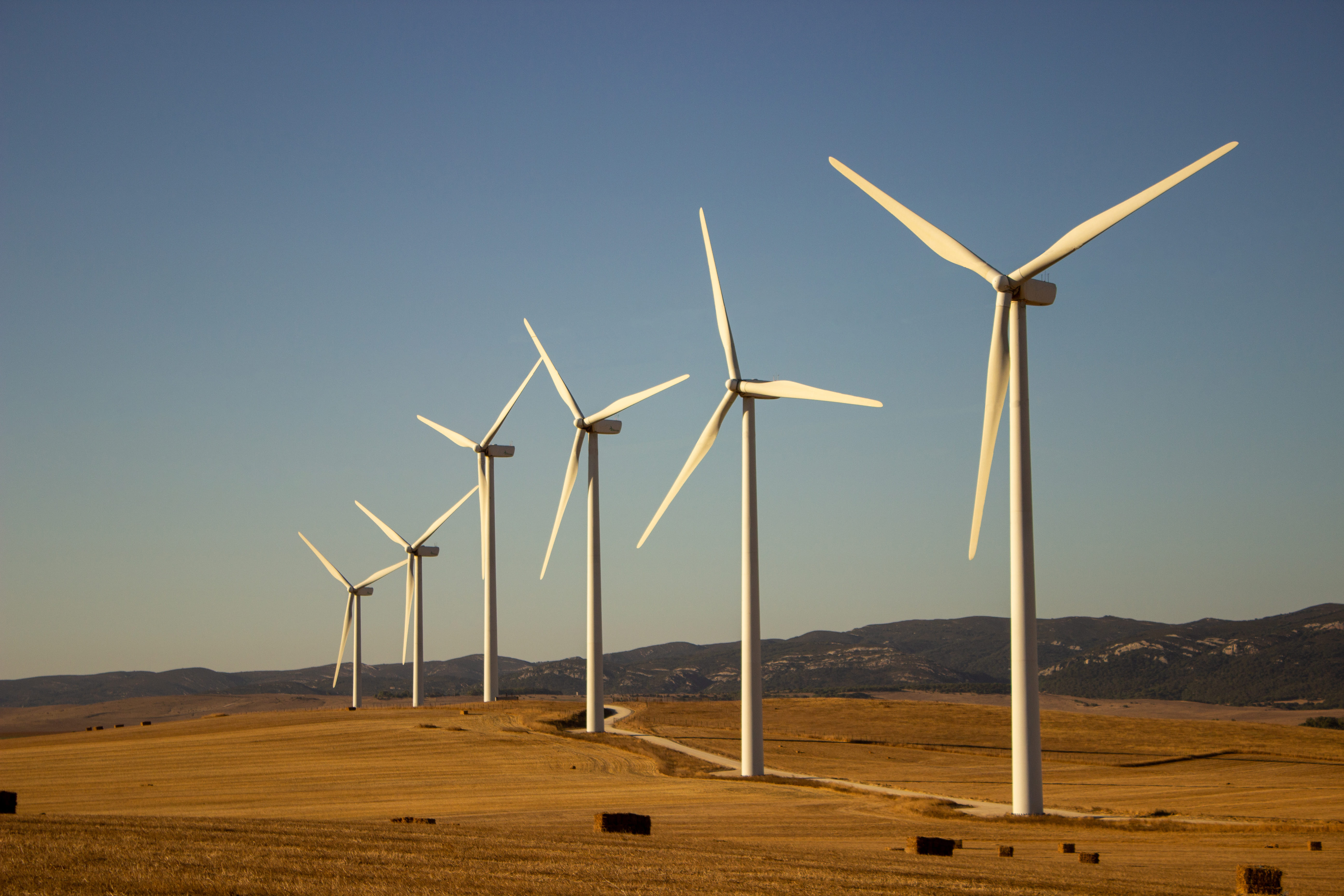Bərpa olunan enerji
Renewable energy
Renewable energy is energy produced from sources like the sun and wind that are naturally replenished and do not run out. Renewable energy can be used for electricity generation, space and water heating and cooling, and transportation.
Non-renewable energy, in contrast, comes from finite sources that could get used up, such as fossil fuels like coal and oil.
Renewable energy sources, such as biomass, geothermal resources, sunlight, water, and wind, are natural resources that can be converted into these types of clean, usable energy:
• Bioenergy
• Geothermal Energy
• Hydrogen
• Hydropower
• Marine Energy
• Solar Energy
• Wind Energy
Buta supply is interested in bringing and promoting renewable energy equipment to the Azerbaijan . Our list of goals for the next ten years is to become a leading alternative energy equipment distributor in Azerbaijan. For this purpose, Buta supply is preparing to sign contracts with Chinese and Japanese manufacturers.


Who choose renewable energy
Wind energy
Azerbaijan ranks second worldwide in terms of wind energy potential in offshore zones, according to the Global Wind Energy Council’s (GWEC) latest Global Wind Report 2022.
“Azerbaijan has a potential of about 157 gigawatts of wind energy, and the government plans to increase the share of renewable energy in total energy investment to 30% by 2030.
Due to the “green hydrogen” policy, this zone will be a zero-emission region in 2060. According to the report, Azerbaijan, Australia, Sri Lanka, and Turkey are among them.
Solar Energy
Azerbaijan is relatively sunny and has excellent solar power potential. According to the Ministry of Energy, the technical potential is around 23 000 MW. The country’s 2 400 to 3 200 sunshine hours annually compare well internationally. So does its solar intensity, estimated at 1 500 kWh/m 2 to 2 000 kWh/m 2.
Marine Energy
“Marine energy” (also known as "ocean energy") refers to the renewable energy that can be generated from the world's oceans and seas. All that kinetic energy (i.e. motion) in waves and tides? That’s energy we can use to generate electricity.
It doesn’t end there either. Surface water stores heat we can harness to generate electricity. And ninja-level researchers have even worked out ingenious ways to take advantage of the natural difference in pressure between saltwater and freshwater (known as “the salinity gradient”) to generate electricity.
